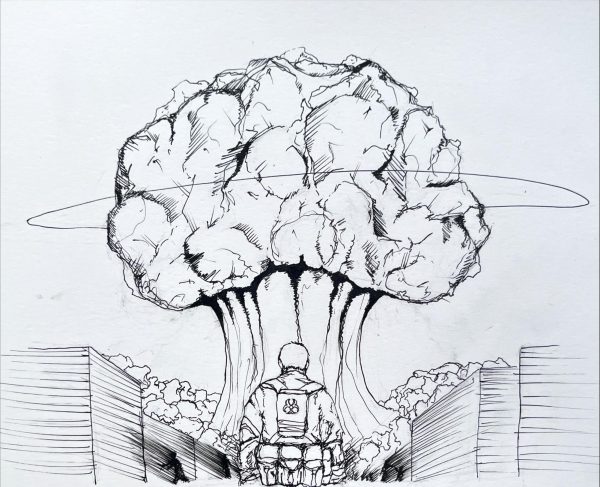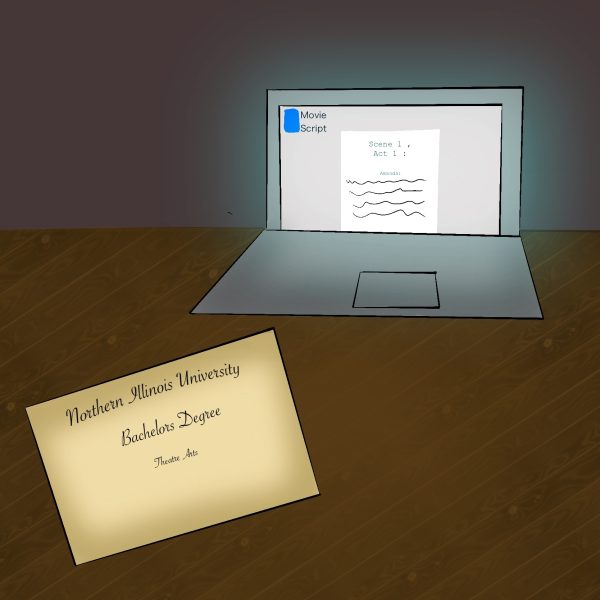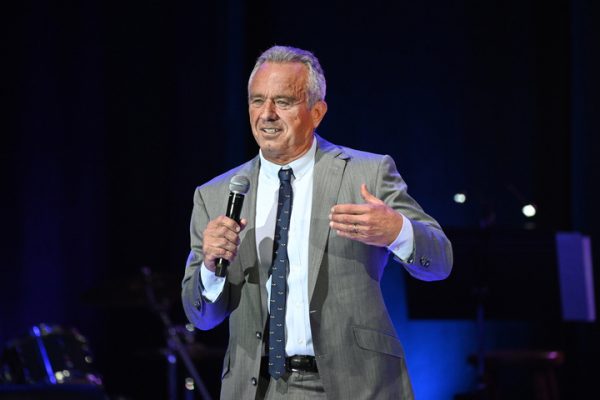Catholocism holds onto the past
December 1, 2005
To be fair, the Catholic Church has a fine line to tread. To see just how fine, you need only to read over the recent statement from the Vatican, where the Congregation for Catholic Education issued an official “Instruction” banning homosexuals from entering the priesthood.
It reads, in part, men “who practice homosexuality, present deep-seated homosexual tendencies or support the so-called ‘gay culture’” cannot be allowed to enter seminaries.
Let’s start by dispelling the obvious. This isn’t a response – let’s hope – to the clergy sex abuse scandals that ripped through the United States in recent years. Although many would like to see the church do more to address those abuses, this does not.
Child molestation is a deviant sexual behavior. Even among those who, like some elements in the church, consider homosexuality to be an abnormal “problem” akin to pedophilia, it must be acknowledged there is a substantial difference between participating in a monogamous, adult homosexual relationship and molesting children.
Experts also say heterosexuals are just as likely to molest young people as homosexuals are; there’s no correlation between homosexuality and child abuse.
So if not to deter sexual abuse, why ban homosexuals from the priesthood? The answer may lie in the Instruction’s controversial and bizarre “exception.”
The document says that those with only a “transitory problem” who had been overcome for at least three years are allowed to become priests.
Transitory problem. Right.
The psychological and scientific community stopped treating homosexuality as a “transitory problem” more than 30 years ago, when in 1973, the American Psychiatric Association removed homosexuality from its list of disorders. The church seems to be behind the times – and that’s the fine line it has to walk.
Because part of what many value about the church that “stands the test of time,” maintaining and teaching traditional beliefs even among the seeming chaos of the modern world. But at the same time, the church needs to be sufficiently connected to its followers to provide them comfort, instruction and guidance in this modern world.
On some issues, however, the church’s beliefs seem less traditional than they are archaic.
Women, for example, are still not allowed to become priests. Nor are priests allowed to marry. And they are, of course, expected to remain celibate. Which is exactly why this new Instruction is so perplexing: priests are neither homosexual nor heterosexual. They are asexual.
But the church has defended its recent Instruction, even the bizarre exception. A “transitory problem” was defined recently by Cardinal Zenon Grocholewski as occurring “for example, during an adolescence not yet completed, some curiosity; or, under accidental circumstances, when drunk, or other particular conditions such as a person who has been in prison for many years.”
So let me get this straight. If you’ve been in a supportive, loving relationship with someone of the same sex, you’re out. But gang rape in the prison showers? Hey, as long as it was three years ago, no sweat.
Worse, Grocholewski continued to say it’s okay if “these acts are made to please someone and obtain advantages … These acts in such cases do not originate from a ‘deeply seated’ tendency, but from other transitory circumstances.”
So you can still be a priest if you had to perform a homosexual act to get that promotion you wanted a few years back, but not if you’re in a monogamous relationship. Somehow, this doesn’t seem right.
The Catholic Church can screen its priests however it wants. And it has a difficult task in trying to preserve traditional values. But when its “values” equate to exclusionary practices that seem to contradict the message of inclusiveness and love it tries to teach, it risks alienating the very people to whom it should want to reach out.
Looking just for unmarried, celibate heterosexual males is a great way to meet your favorite Northern Star columnist; it just may not be the best idea for recruiting priests.
Columns reflect the opinion of the author and not necessarily that of the Northern Star staff.












